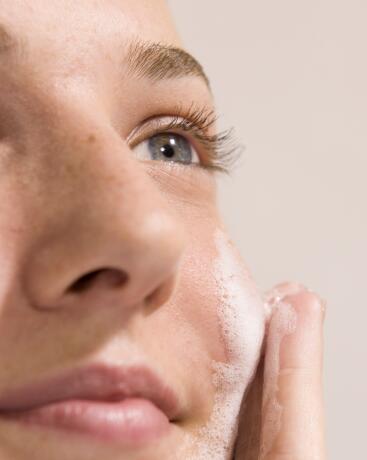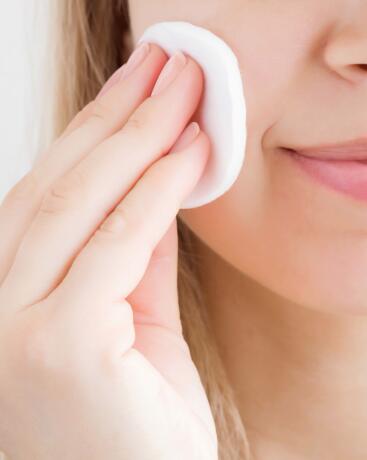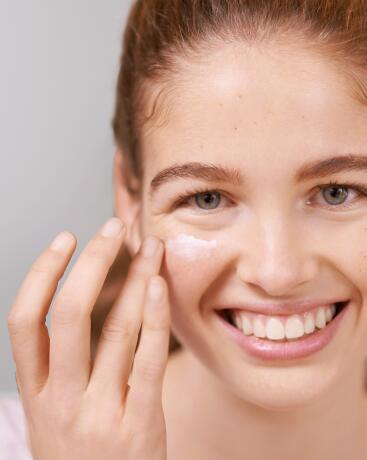- SUMMARY
- Make-up
HOW TO REMOVE MAKE-UP PROPERLY?
- What make-up to use for your skin type
- Make-up for acne-prone skin
- How do you apply make-up to oily skin?
- Make-up for vitiligo and white patches
- How do you apply make-up to dry skin?
- Make-up for sensitive skin
- How do you apply make-up to dehydrated skin?
- Make-up for skin weakened by cancer treatments
- Make-up for atopic skin
HOW TO REMOVE MAKE-UP PROPERLY?
Make-up removal is THE essential step in your beauty routine to take care of your skin, and the best guarantee to preserve its youth and radiance.
The steps of make-up removal
Make-up removal is your evening beauty routine, and like all well-established routines, it involves several essential steps for the entire face, not forgetting the neck and eyelids. A precious moment to take care of yourself and your skin.
- 1. I remove make-up with a make-up remover adapted to my skin type
- 2. I remove excess products with a cloth moistened with thermal spring water
- 3. I apply my skincare, serum or moisturiser to my freshly cleansed skin
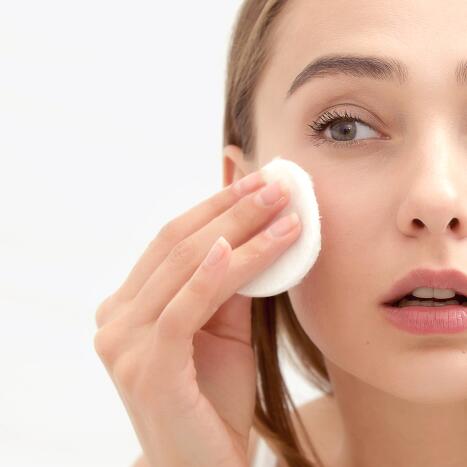
Why is it important to your remove make-up?
Every evening, you have to remove your make-up, an essential step in your beauty routine.
Indeed, make-up removal is essential after a day in which make-up, pollution and dust have built up on the skin's surface. If you skip this step, you run the risk of seeing these impurities turn into skin problems: redness, patches, irritation, or the appearance of wrinkles in the very sensitive eye area. Finally, removing make-up allows the skin to regenerate. It’s during the night that it repairs and renews itself.
What about in the morning? This nightly "work" usually leaves a slight oily film on the face. Before starting your moisturising routine and to ensure that your make-up adheres well, it’s best to cleanse your face by removing this sebum, to really make your skin look new.
Which product should I use to remove my make-up?
There is now a wide range of make-up remover products: micellar or cleansing water, foam, gels, milks, oils, no-rinse products... Everything exists (or almost). The most important thing is to choose a product that’s adapted to your skin type, your needs and your tastes so that the make-up removal stage remains a moment of pleasure, without the risk of disturbing the integrity of the skin.

A FEW WORDS FROM OUR EXPERT
To optimise your skin's cleansing, you can incorporate the exfoliating action of a gentle exfoliating gel once or twice a week to boost your routine and soften the skin texture.
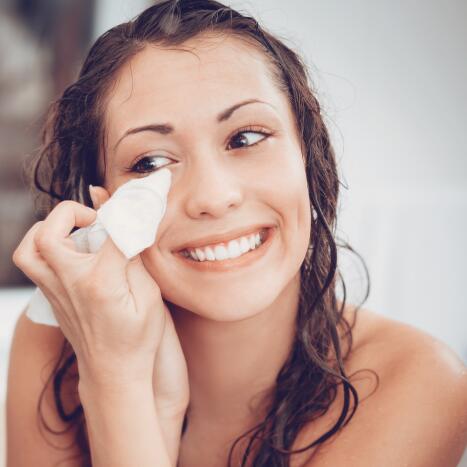
Removing eye make-up properly
As the eyes and their contours are an ultra-sensitive area of the face, it’s essential to remove make-up from there with a suitable product so as not to let the harmful pigments of the make-up weaken the very fine skin and encourage the appearance of wrinkles—and even more so if you have sensitive skin or eye contours. |
Removing make-up without make-up remover
Discover our tips for removing make-up in any situation: without make-up remover or cotton pads, there’s always an alternative with the products you have available at home.
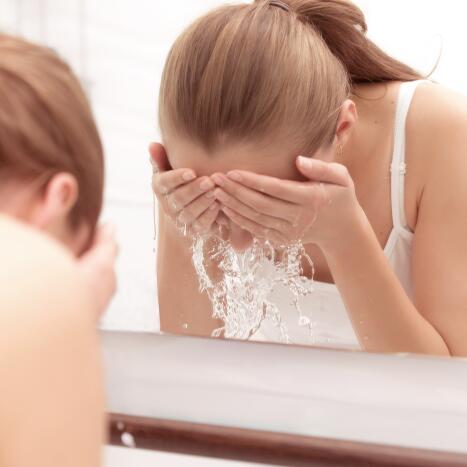
OUR CLEASNING - MAKE-UP REMOVAL SOLUTIONS
Eau Thermale Avène skincare products designed to cleanse and remove make-up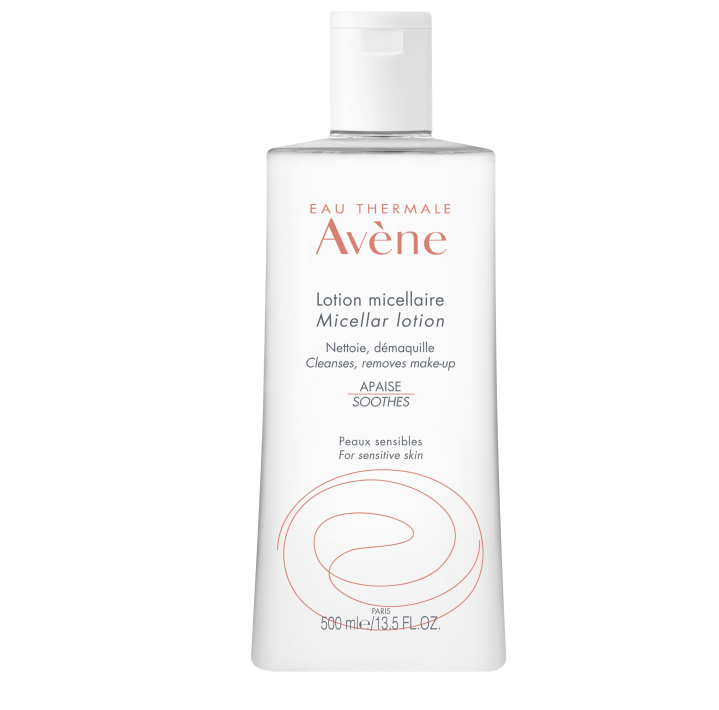
THE ESSENTIALS – MICELLAR LOTION
Used for evening make-up removal, this lotion has become a must for me! Fresh, effective, pleasant and above all, it respects my very sensitive skin! A must-have!
OUR ANSWERS TO YOUR QUESTIONS
It’s not quite the same thing. Cleansing includes removing make-up, not the other way around. Skin that has had its make-up removed is not skin that has been cleansed; it will be necessary to "finish the job" by removing the residue of make-up and impurities that may remain. There are several options for this: cleansing gel, cleansing foam, thermal spring water... To each her own!
It all depends on your skin. If your skin is sensitive, avoid rinsing with hard water. But some professionals advise not to leave micellar water on the skin, especially if it’s oily. In this case, it’s best to use thermal spring water on a handkerchief to remove any excess.
No! Sorry to disappoint you, but everyone needs to cleanse their skin, including those who don't wear make-up. If you let pollution particles or excess sebum settle on your skin overnight, you run the risk of clogged pores and blemishes. It’s the best way to accelerate ageing and have a dull complexion!
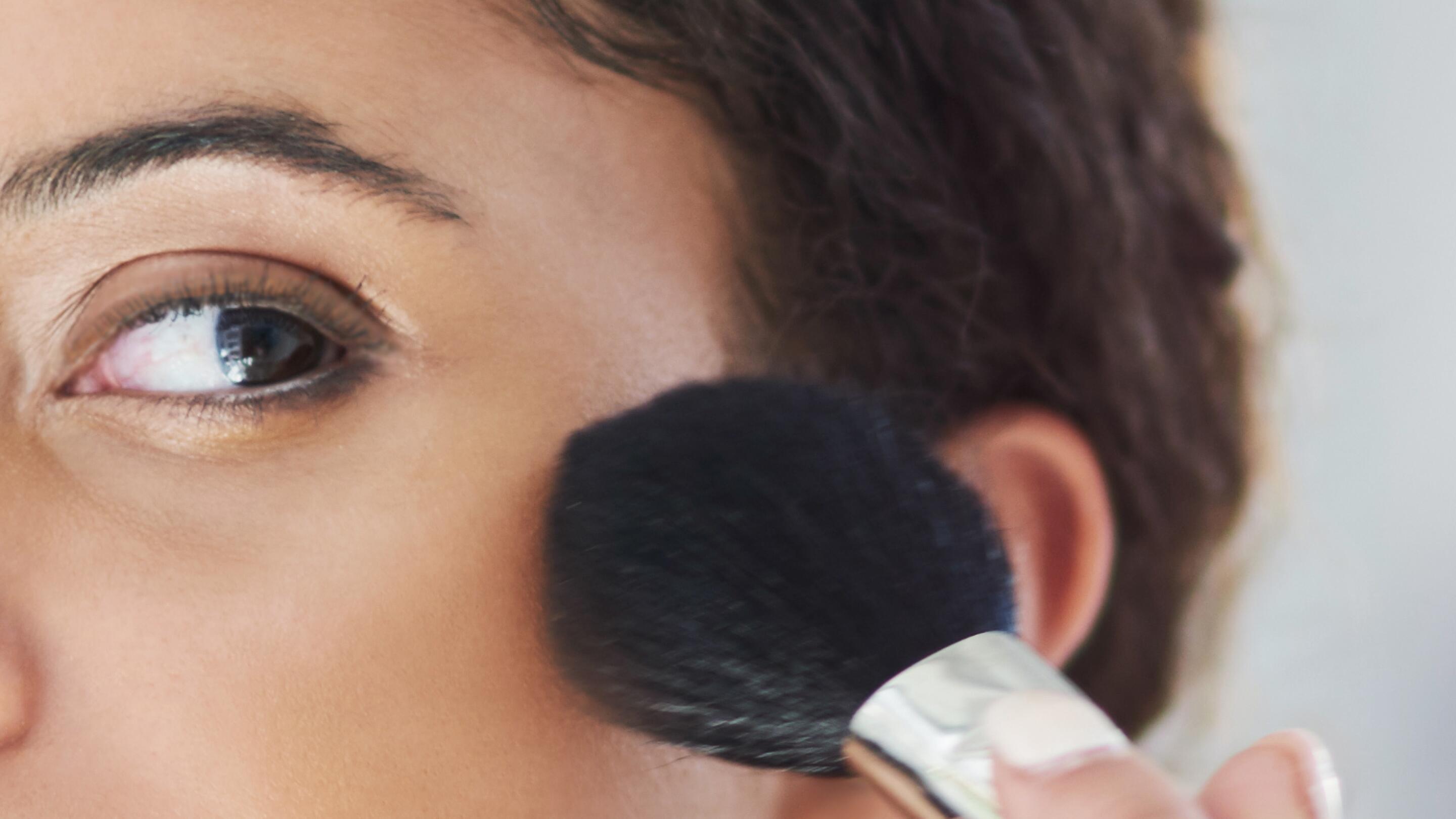
MAKE-UP
Make-up according to your skin type
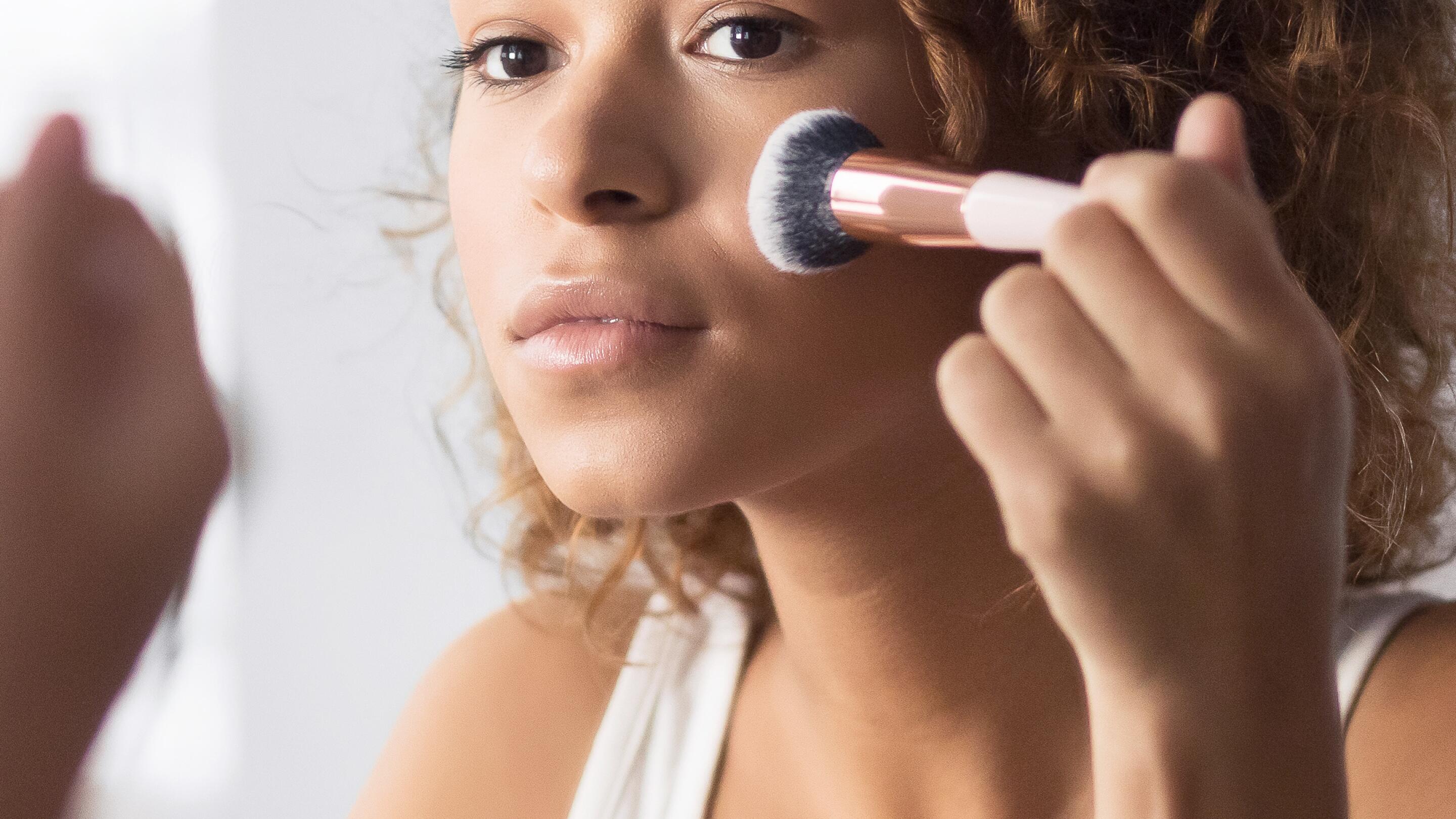
MAKE-UP
All our make-up tips, step by step
NEWSLETTER
We're always here for your skin!
All our tips for taking care of your skin day to day.
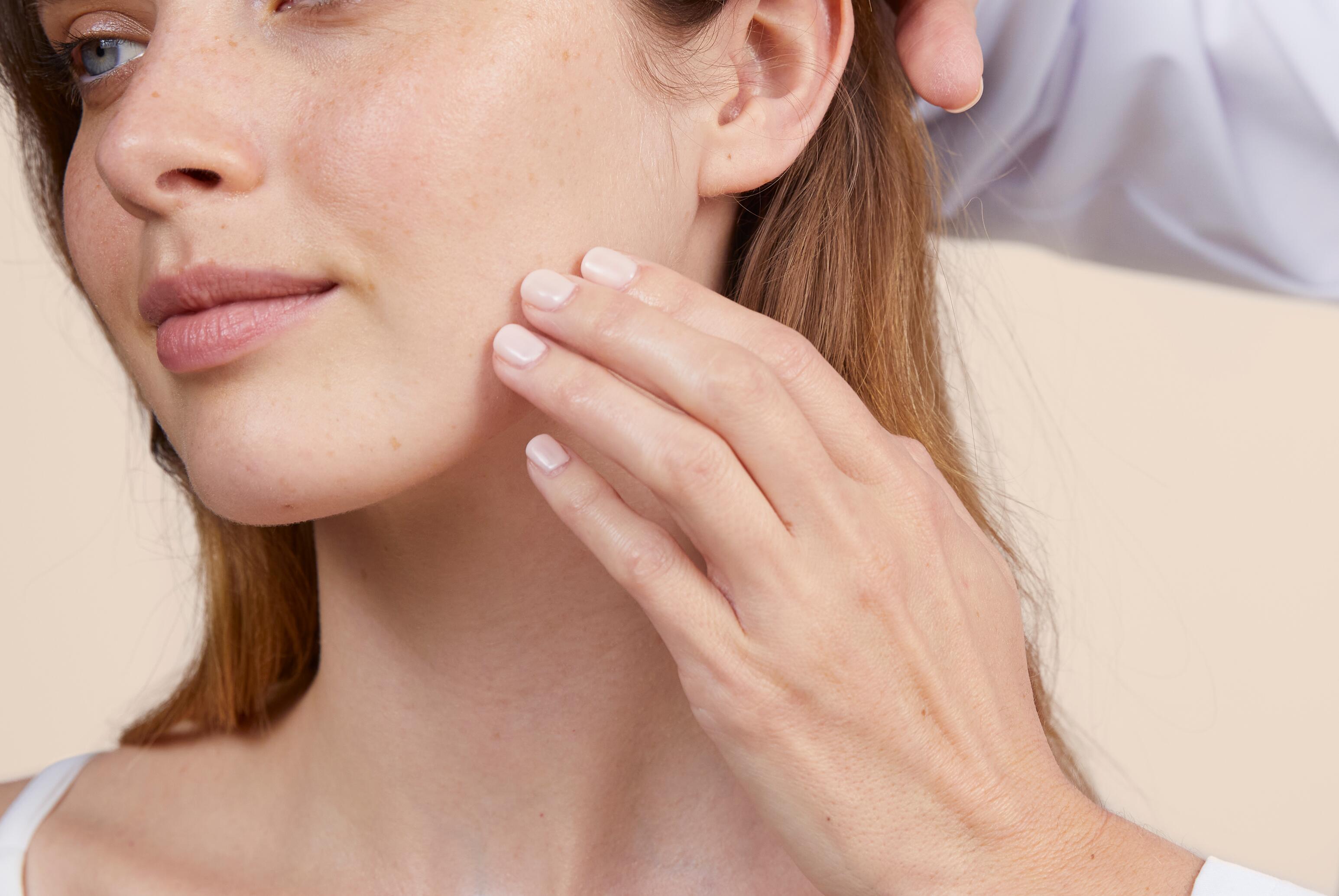
Which skin care routine should you adopt?
Identify what it really needs with the help of our experts and discover the most suitable skin care routine for you.

